Everything that goes around comes around again. The 1970s were a time of transition, with fashion changing dramatically and TV stars like Farrah Fawcett’s posters adorning the walls of many a young guy. The disco era began in the 1970s, as the race to space between the United States and the Soviet Union heated up.
On the morning of February 2, 1971, President Milton Obote of Uganda awoke to the news that Uganda was under a new rule while on an overseas trip. Major General Idi Amin, the head of the army and air force, had successfully ousted the government and declared himself president and commander-in-chief of the military. Idi Amin ordered all Asians to leave Uganda during his reign, pushing the country’s economy to unprecedented lows. Over 300,000 Ugandans from the Lango and Acholi ethnic groups were massacred by him.
Weather Underground, a radical organisation with ties to the Students for a Democratic Society (SDS), called for the violent restructuring of American society under the pretence of fighting for civil rights. On March 1, the Weather Underground, enraged by the United States’ role in the Laos invasion, launched an attack on the Capitol building in Washington, D.C. There were no reports of deaths as a result of the explosion, though the damage was estimated to be around $300,000.
The New York Police Department headquarters, the Pentagon, the State Department, and the Long Island Court House were all targeted by the weathermen. With civil rights movements sweeping the United States, the Soviets gained ground and won the race to space. On June 30, three Soviet cosmonauts, Vladislav Volkov, Viktor Patsayev, and Georgi Dobrovolsky, were launched into space aboard the Soyuz 11. Their objective was to dock with and enter the Soviet space station Salyut 1. The three died during their reentry voyage after they mistakenly opened vital capsule valves while firing explosive bolts to separate the Soyuz 11 re-entry capsule from the rest of the craft. The cosmonauts died within minutes of being exposed to the pressure-free environment of space, a hundred miles above the earth.
With the blazing cold war and the highly competitive arms race, the globe was still in its darkest hours; times were exhilarating as well as frightening. There were lessons learnt throughout that time period, particularly in 1971, that will live on in history. Continue reading to discover more about the events of 1971.
(February 02, 1971) (February 09, 1971) (February 09, 1971) (May 01, 1971) (May 26, 1971) (July 30, 1971) (October 01, 1971) (October 01, 1971)
Sir Godfrey Hounsfield's first practical CT scanner was installed at the Atkinson Morley Hospital in Wimbledon, England, on October 1, 1971, and a patient's brain was scanned with it.
photo source: wikimedia.org (October 28, 1971) (November 15, 1971) (November 24, 1971) (December 02, 1971)Event 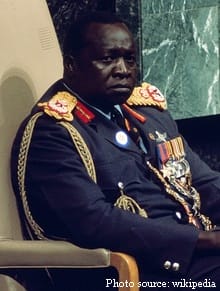
Idi Amin declared himself president of Uganda and ruled for the next eight years, leading a ruthless administration. 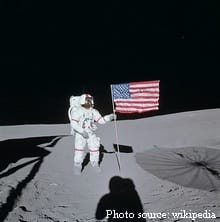
After the third manned Moon landing, Apollo 14 returns to Earth.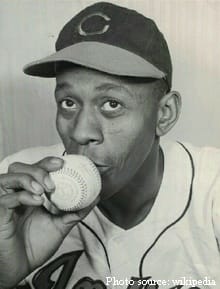
Satchel Paige is inducted into the Baseball Hall of Fame of the United States for the first time. 
Amtrak began service, a federally funded corporation that runs nearly all intercity passenger trains in the United States. 
Matt Stone, an American screenwriter, actor, and producer, was born. He is best known for cocreating the subversive animated television series South Park with Trey Parker. 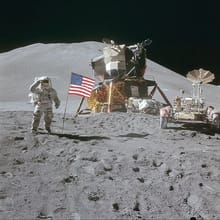
David Scott and James Irwin, piloting the Apollo Lunar Module Falcon, successfully land on the Moon's surface on Apollo 15, bringing the first Lunar Rover with them.
photo source: wikipedia.org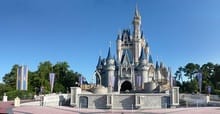
There was an opening of the Walt Disney World Resort, an amusement park near Orlando, Florida, with rides and attractions based on Disney stories and characters.
photo source: wikimedia.org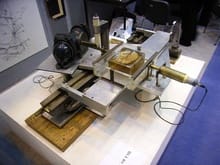
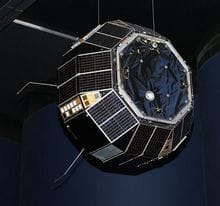
Prospero is the first and only British satellite launched by a British rocket.
photo source: wikimedia.org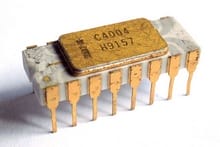
Intel introduces the 4004, the world's first commercial single-chip CPU.
photo source: wikimedia.org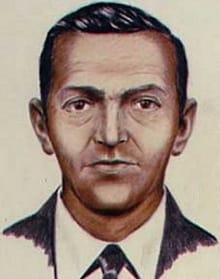
D.B. Cooper hijacked a plane shortly after it took off from Portland, Oregon, and subsequently parachuted out with the ransom money; despite a massive manhunt, he was never recognised or apprehended.
photo source: wikimedia.org
The United Arab Emirates were created in 1971 when six small emirates comprised of Abu Dhabi, Ajman, Fujairah, Sharjah, Dubai, and Umm al-Quwain on the Arabian Peninsula merged; a seventh emirate joined in February 1972.
photo source: wikimedia.org





GIPHY App Key not set. Please check settings